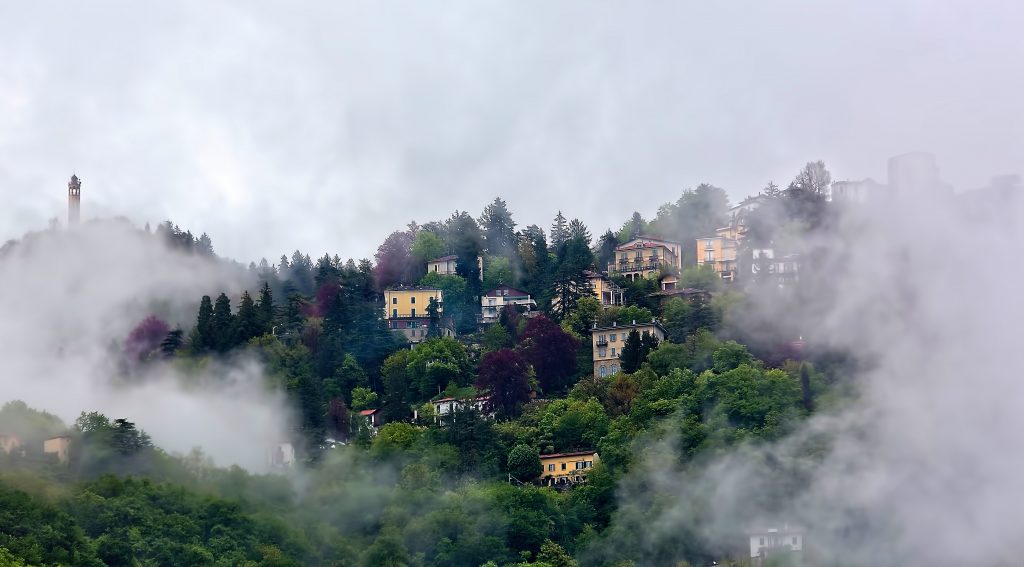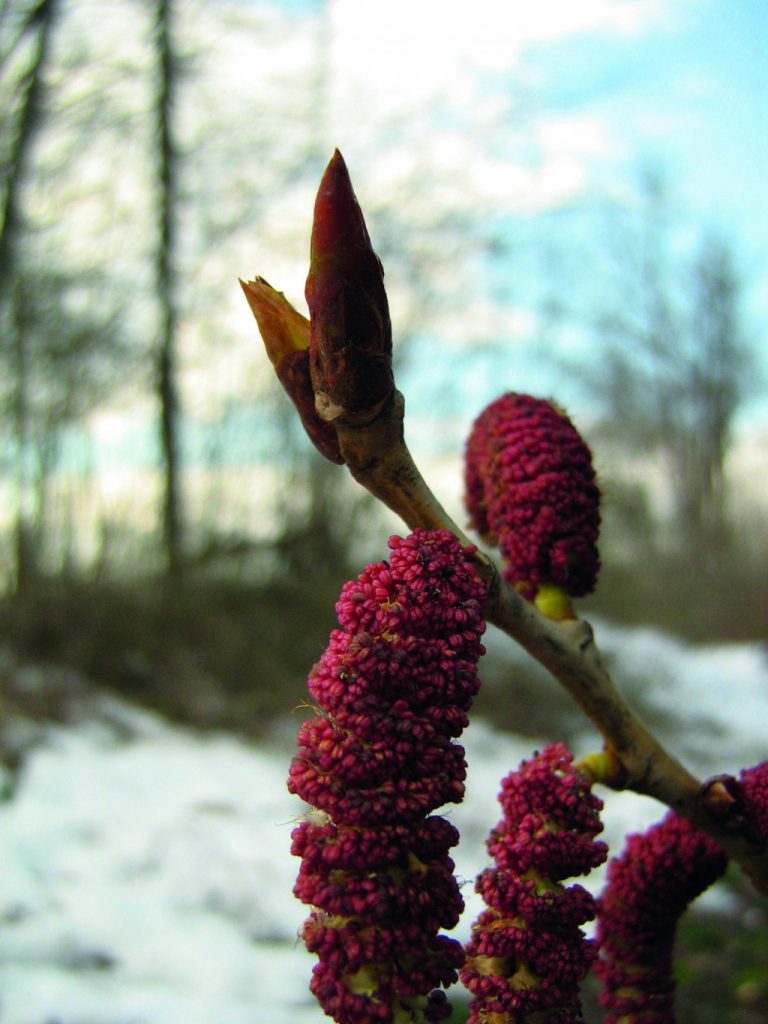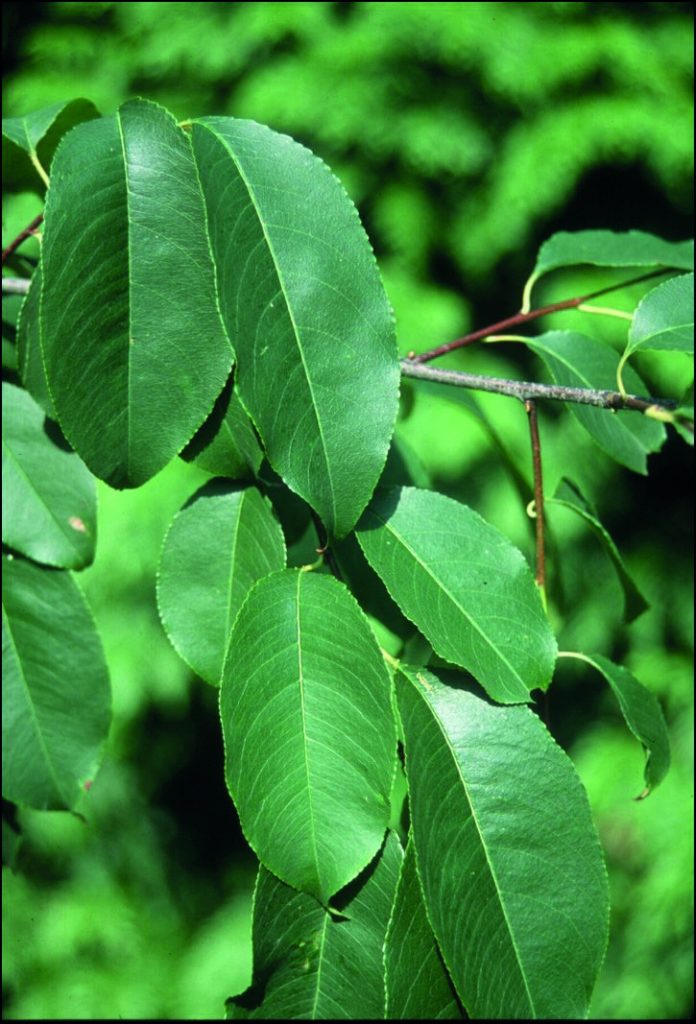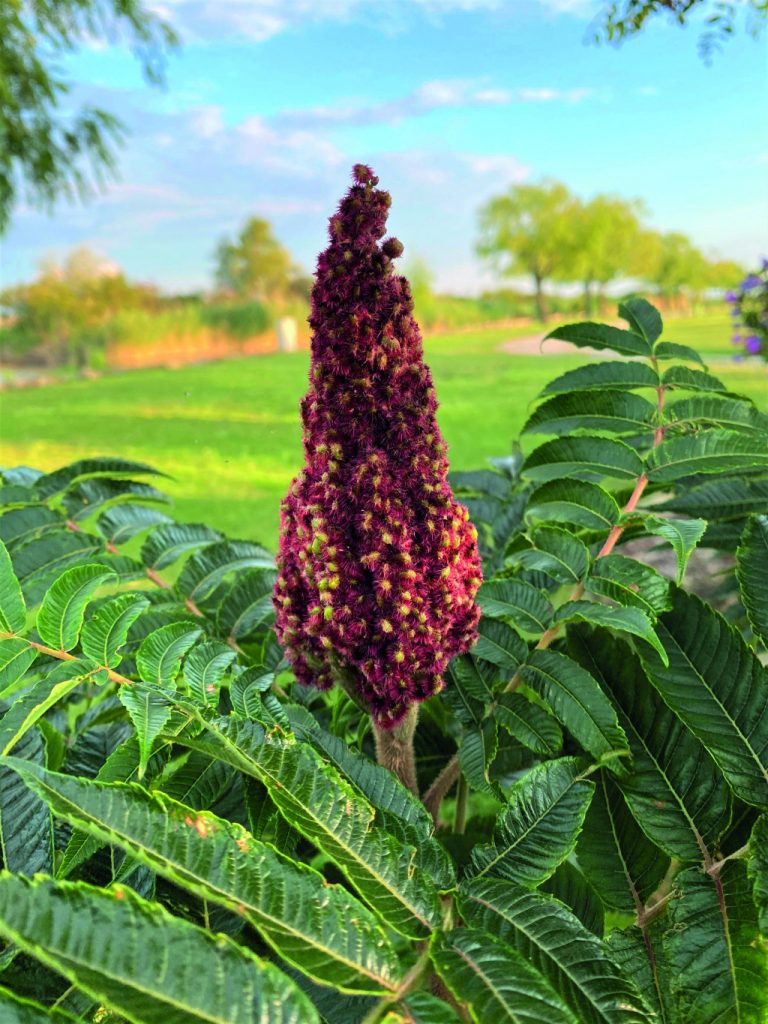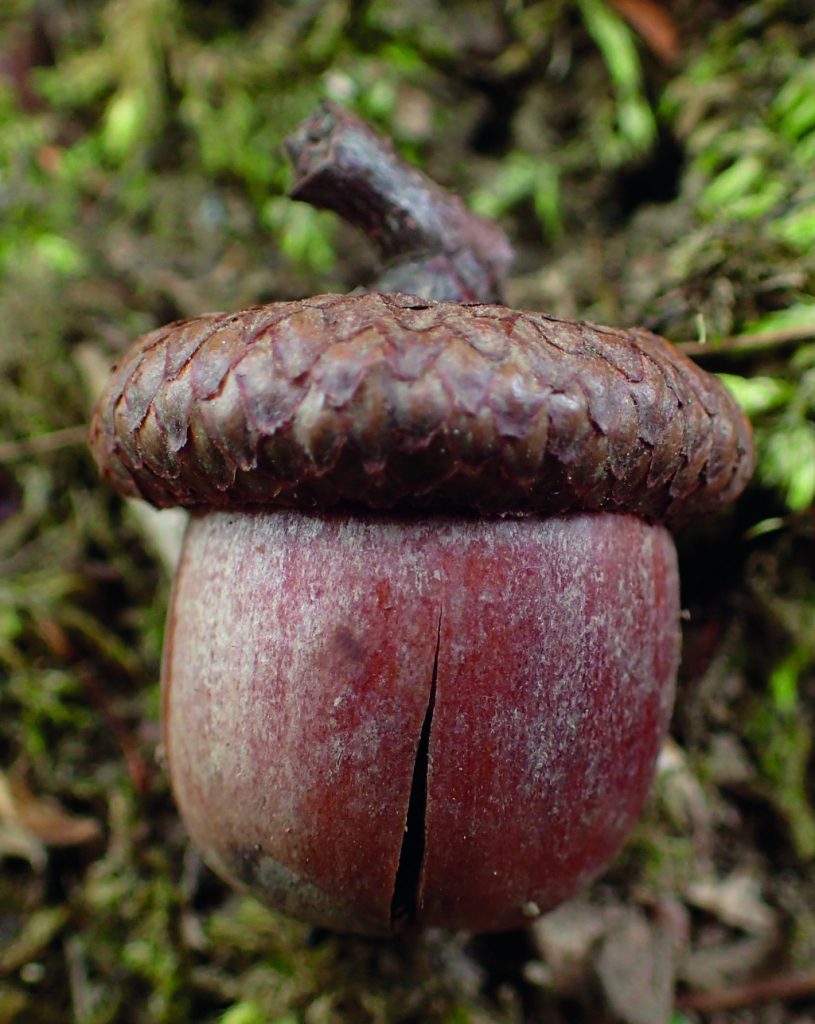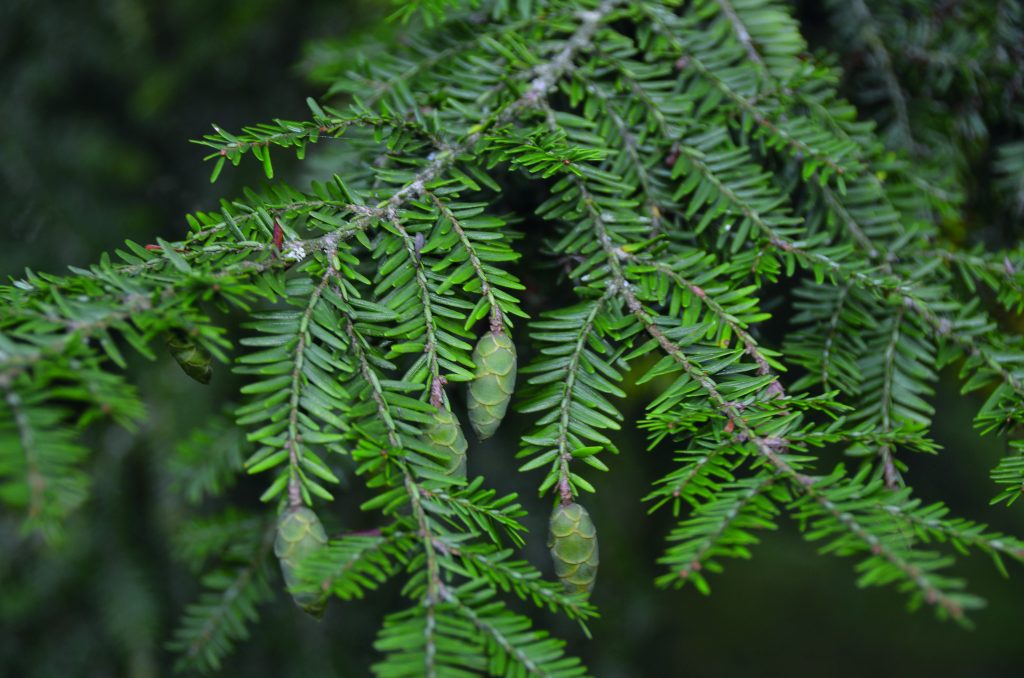Have you always wanted to know what “non-native trees” are, what their risks and benefits are and how they relate to the forests and urban green space? Then you’ve come to the right place! We are the team of the ALPTREES project, which is co-financed by the European Union via the Interreg Alpine Space Programme. This is a free online course to give everyone the opportunity to deepen his or her knowledge about the sustainable use and management of non-native trees in the Alpine Space.
What are non-native trees?
Non-native trees, also known as “non-indigenous”, “alien”, “introduced”, “allochthonous” or “exotic” trees, are tree species, breeds or hybrids in the Alpine Space region whose presence there is the result of human activity by way of intentional or accidental introduction. By contrast, native trees are tree species of natural, post-glacial forest development in the Alpine Space region. The introduction of non-native trees in the Alpine Space has started in the 19th century – mainly for ornamental purposes. Some old-grown individuals are still alive today in the botanical gardens. Almost a hundred years ago the interest in non-native trees for use in forests has started to grow due to the resistance to pests, droughts, and fast growth. But the introduction of non-native trees did not inherit only benefits. Few non-native tree species escaped from plantations into natural ecosystems, where they spread rapidly and outcompete native species, change the species composition and cause irreversible harm to biodiversity.
Our mission:
In this online course, dedicated experts from the ALPTREES project take you on an exciting journey of discovery into the world of trees in urban, peri-urban, and forest ecosystems. Our motivation is to discuss the controversial effects of negative and positive impacts of non-native trees and to provide science-based technical guidance for the management and responsible use of non-native trees in the Alpine Space. Each citizen of the Alpine Space has a chance to learn more about the diversity of native and non-native trees species!
What can you expect in this online course?
In the course of a total of six chapters that build on each other, knowledge is imparted to you in the form of theoretical and practical parts. Exciting practical examples will help you to understand the risk and opportunities of non-native trees. When and where you continue working on the course is entirely up to you. Upon successful completion of the course, you will also receive an ALPTREES Certificate at the end!
Start our online course right now and become an expert on non-native trees yourself!





